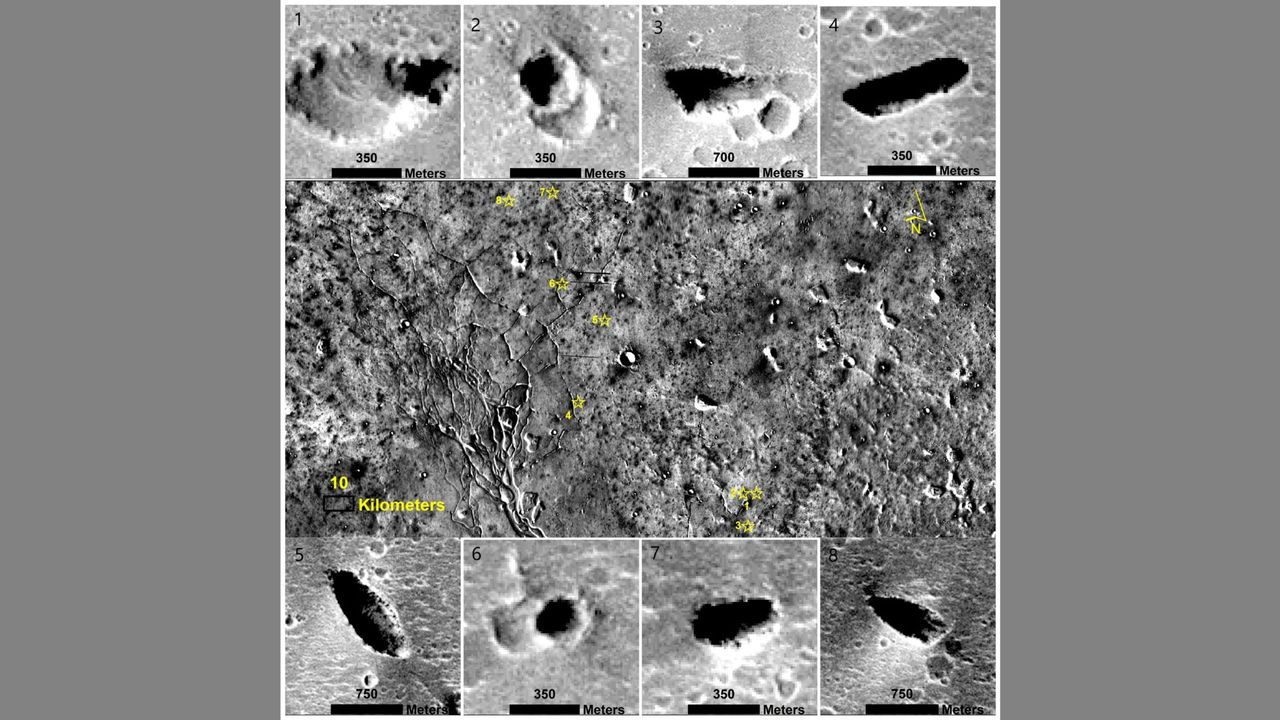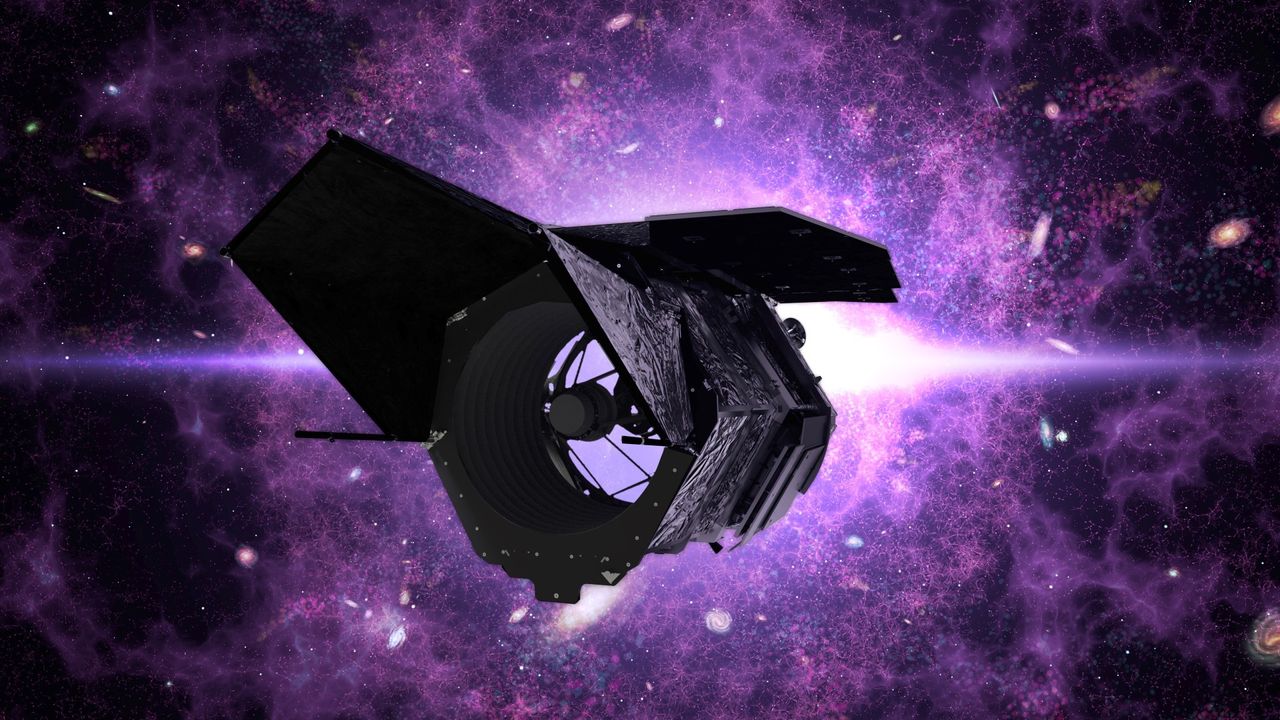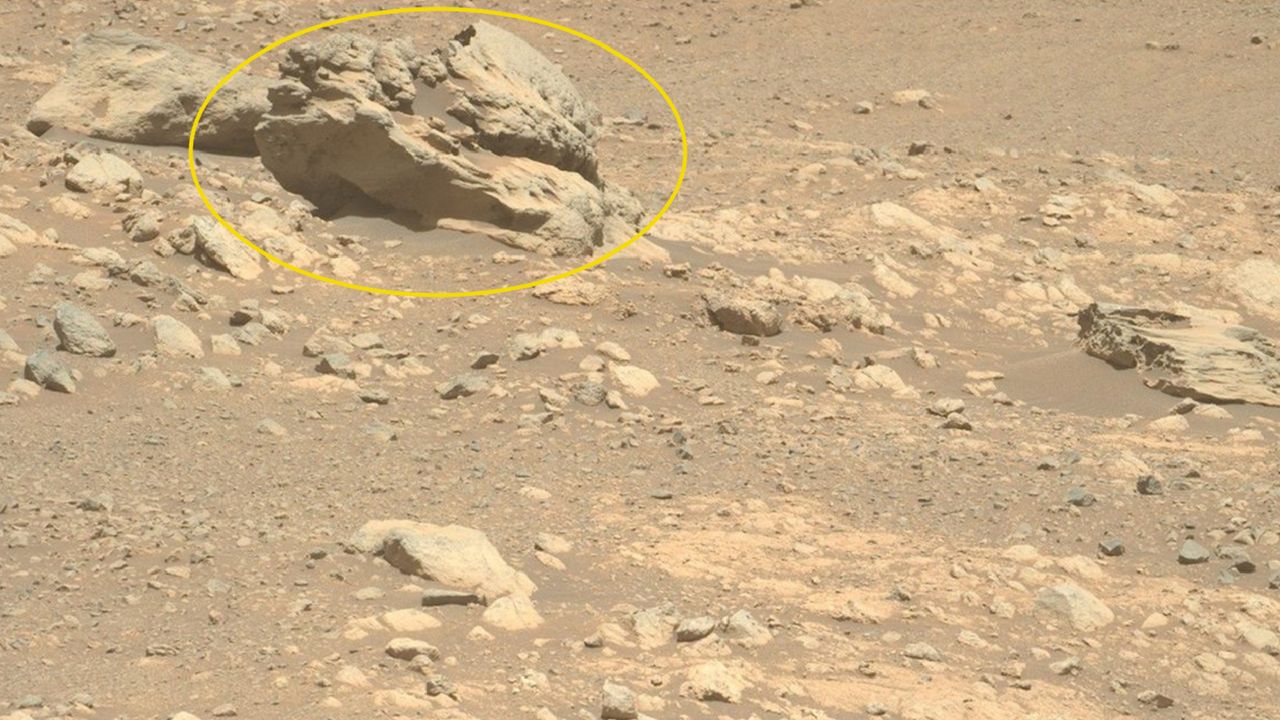Evidence of ancient life on Mars could be hidden away in colossal water-carved caves
PositiveScience

- Recent analysis of archival data from three NASA missions has revealed the presence of skylights and extensive caves on Mars, suggesting that evidence of ancient life may be concealed within these colossal, water-carved structures. This discovery highlights the potential for significant findings long after missions have concluded.
- The identification of these caves is crucial as it opens new avenues for exploration and research on Mars, potentially leading to groundbreaking insights into the planet's history and the possibility of past life, thereby enhancing our understanding of extraterrestrial environments.
— via World Pulse Now AI Editorial System



